We’ve highlighted 10 independent designers in Los Angeles, USA, as part of our North American Design 2024 series, which showcases inventive and creative design in cities across the continent.
The fifth instalment of our weekly series focuses on the most populous city in the state of California – Los Angeles, a sprawling metropolis that sits between the mountains and the coast in the south of the state.
Many designers here draw heavily from the styles of American mid-century modern design and from the colourful, psychedelic history of the city.
But they also reference the city’s industrial past and the integrality of the creative culture that has risen around the world-famous film institutions there.
The city is known for its innovations in architecture and hosts the prestigious Sci-Arc design school.
Many designers also note an uptick in independent design, as makers move their studios from New York to Los Angeles, leading some creatives to jokingly refer to East LA as “Brooklyn West”.
Fantasy and reality
Eastern and southern Los Angeles also has an industrial infrastructure that creates the material and space conditions for design to thrive there.
Los Angeles benefits from its diverse history and temperate climate. Once part of colonial Spain and then Mexico, the city has historically been a place of cultural intersection and has long been an entry point for East Asian trade and exchange with the United States.
“Los Angeles is a land of both transformation and sprawl,” design consultant and co-founder of local showcase LA Design Weekend Holland Denvir told Dezeen.
“Interior design is happening alongside set design, we mix fantasy and reality.”
“The culture inherent to LA gives designers the freedom to break boundaries and norms, and I think you can see that in the work that has historically occurred here up until now.”
From chairs made from scrap material to lamps with an extraterrestrial bent, the designers in this list embrace the free-spirited nature of Los Angeles, a city where design culture is decentralised but coming into its own.
Read on for 10 independent studios creating objects and furniture in Los Angeles.
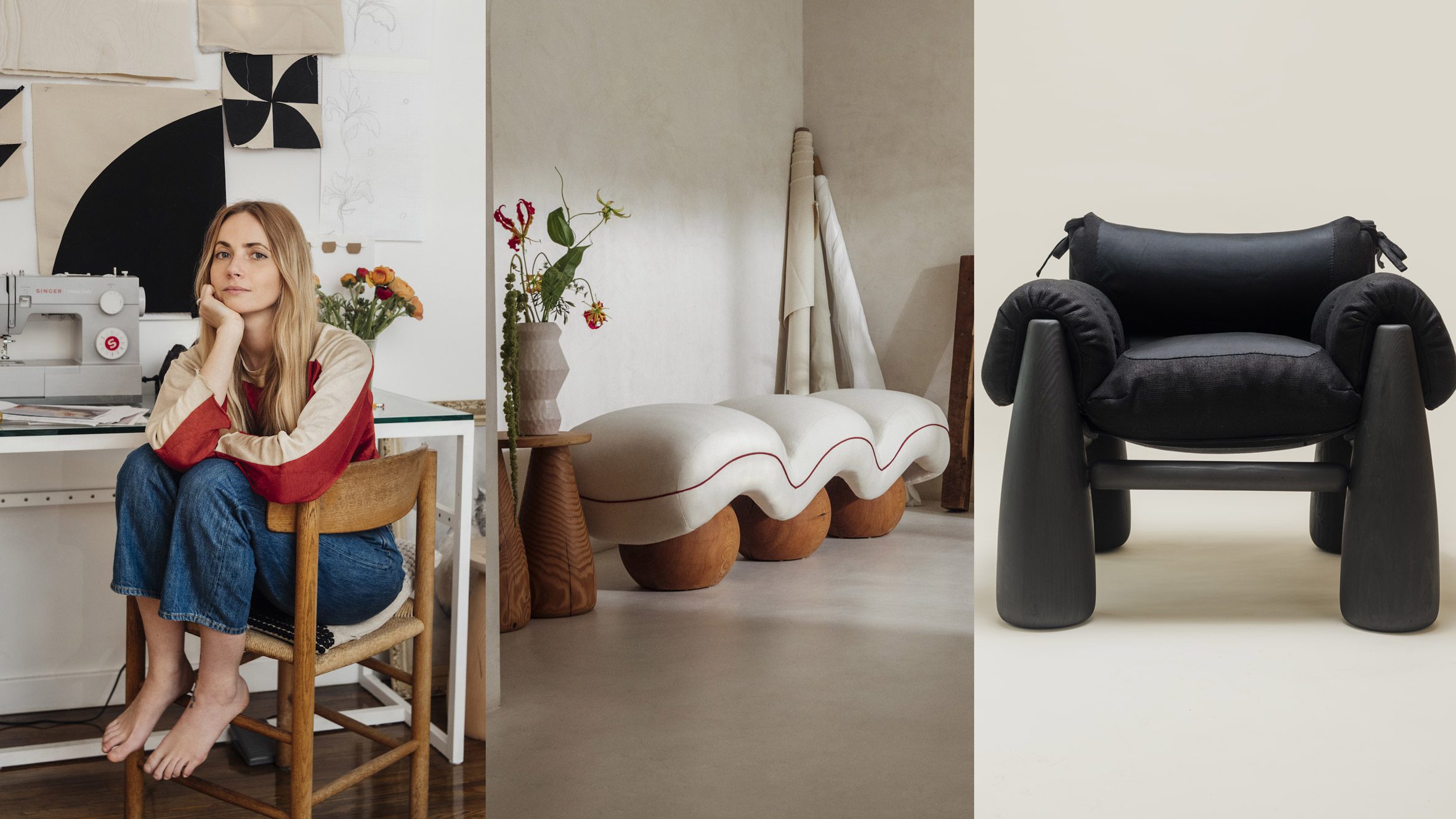
Studio Sam Klemick
Sam Klemick works mostly with douglas fir salvaged from demolition sites around the city. She combines this with fabric sourced from a dead stock warehouse to create bulbous and plush seating and other furniture that seems at once traditional and modern.
Trained in fashion design, Klemick became disillusioned with the fashion industry and began to create furniture in 2019 after returning to Los Angeles after a stint in New York.
“The majority of the materials I work with are salvaged, recycled, or headstock,” Klemick told Dezeen.
“It would be a bit bold to say I’m trying to solve the problem of waste on our planet, but I am consciously trying not to contribute to it, or make it worse.”
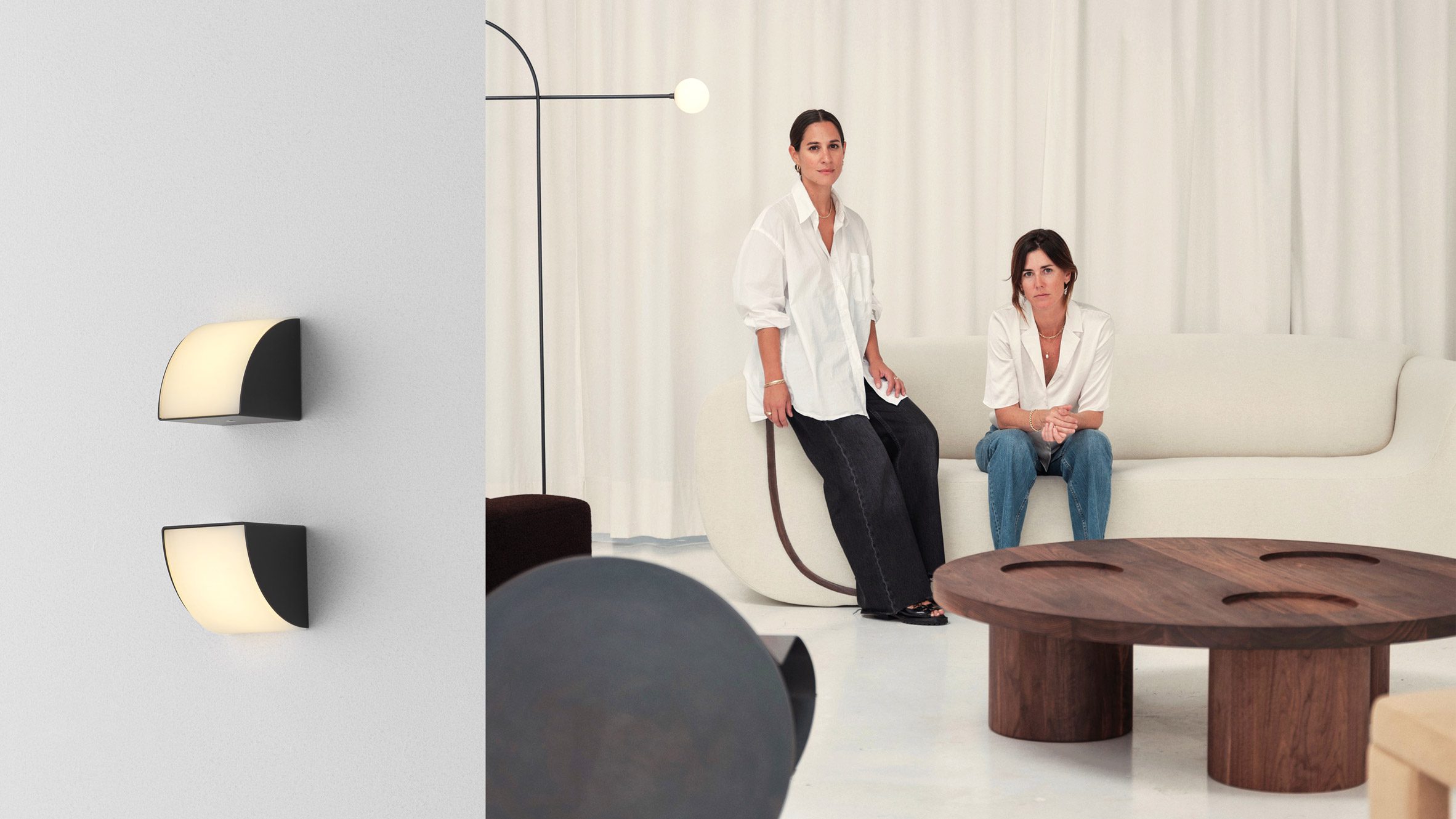
Estudio Persona
Estudio Persona was founded by Uruguayan designers Emiliana Gonzalez and Jessie Young after moving to Los Angeles in 2015. The pair crafts a wide variety of furniture, moving between materials, and using local fabricators to produce all of their work.
“Our work ethos involves working with local manufacturers, keeping our carbon footprint to a minimum when we can, designing with the intention of collaborating to the dialogue of design, and not just reproducing existing pieces,” Young and Gonzalez told Dezeen.
“I feel all those components are aligned with what we believe are pressing issues at the moment, both political and sustainable.”
The studio has also created furniture in collaboration with internationally recognized brands such as French fabric company Pierre Frey and French furniture company Monde Singulier.
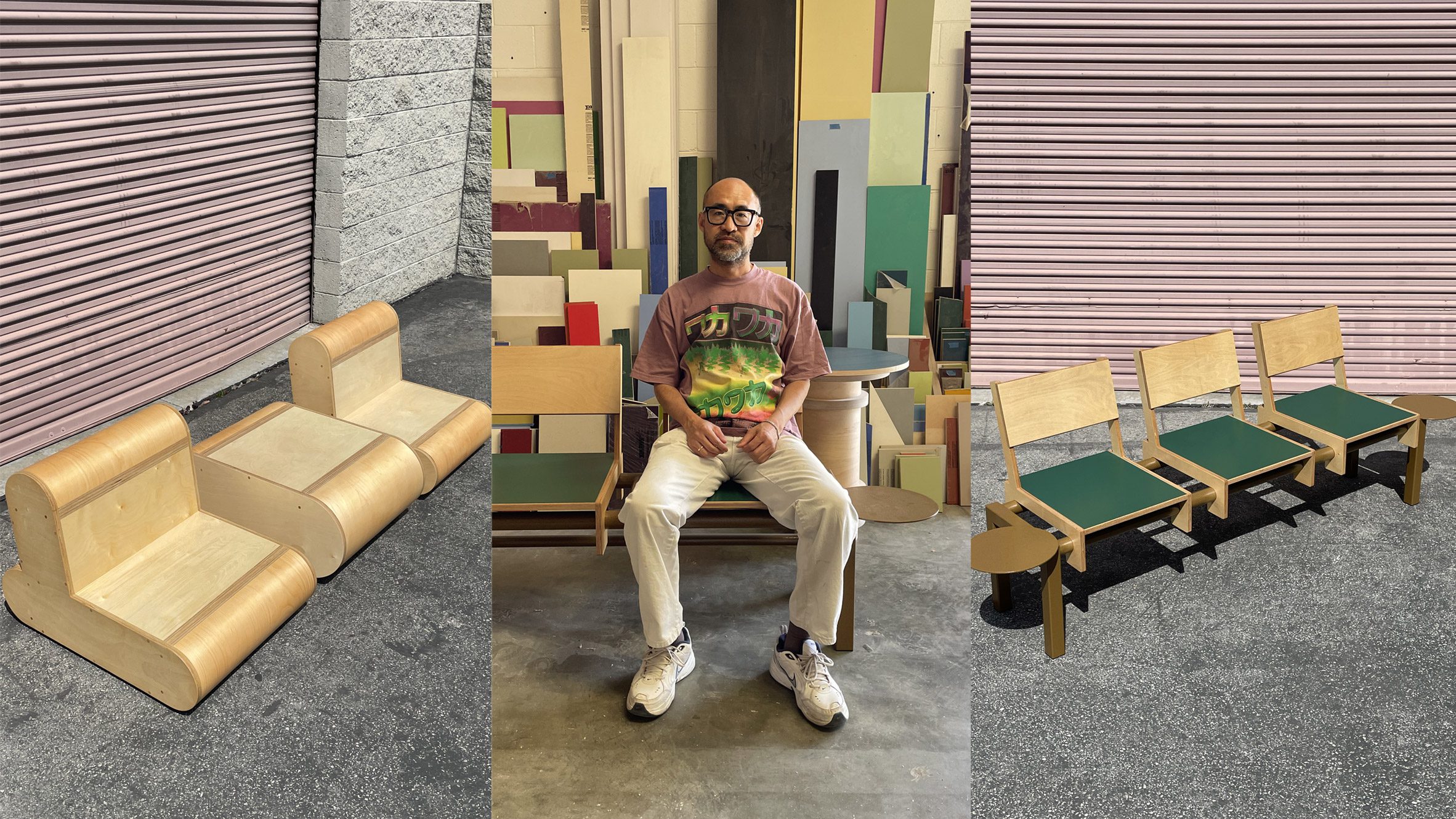
Waka Waka
Waka Waka is known for simple furniture made from Baltic birch plywood that features pops of colour and repetition to creat charming, functional designs.
Founded by Shin Okuda in 2009, it began when Okuda, who was working as a fabricator at the time for local sculptors, was asked by his wife to create pieces for the installation of a vintage book show in the city.
“We mostly make custom pieces to order, and sometimes produce batches of items to sell in limited editions,” Okuda told Dezeen.
“We strive to source the best quality materials we can and work with a number of local distributors.”
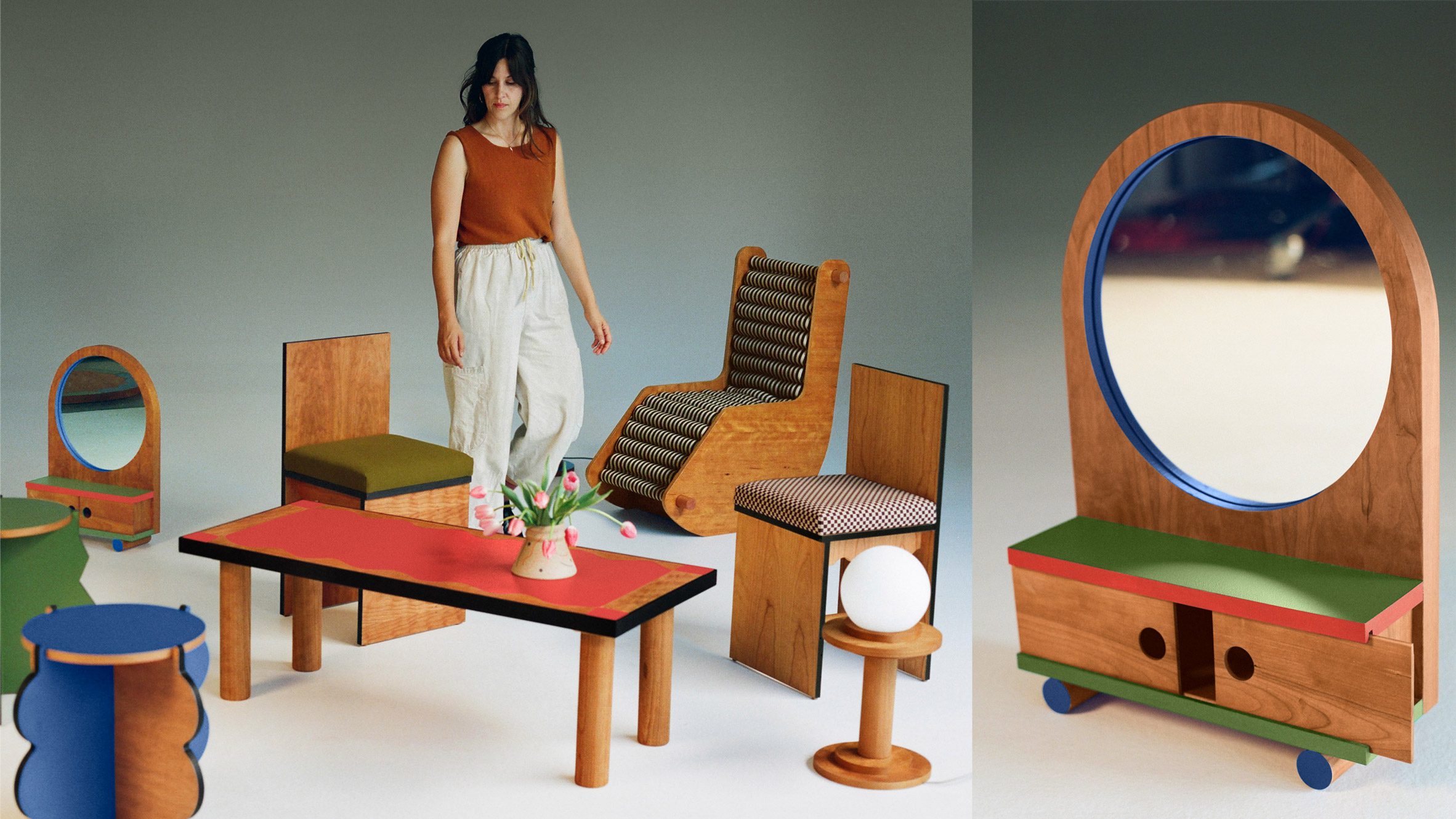
Sing Thing
Sing Thing is part of Sing Sing Studio, a collaboration between spatial designer Adi Goodrich and her husband, the film director Sean Pecknold. Goodrich began the furniture side of the creative practice, creating cherry wood and high-pressure laminate, a combination that Goodrich says provides a good “contrast”.
Goodrich tries to mix industrial processes with handmade techniques through a process she calls “light-duty manufacturing” and utilises local manufacturers with whom she has built relationships over the years through her work in set design.
“I get all my pieces cut ahead of time but assemble, oil, finish, paint and pack by hand,” Goodrich told Dezeen.
“What that offers to my customers are pieces that are hand-made but still priced fairly reasonably in the market.”
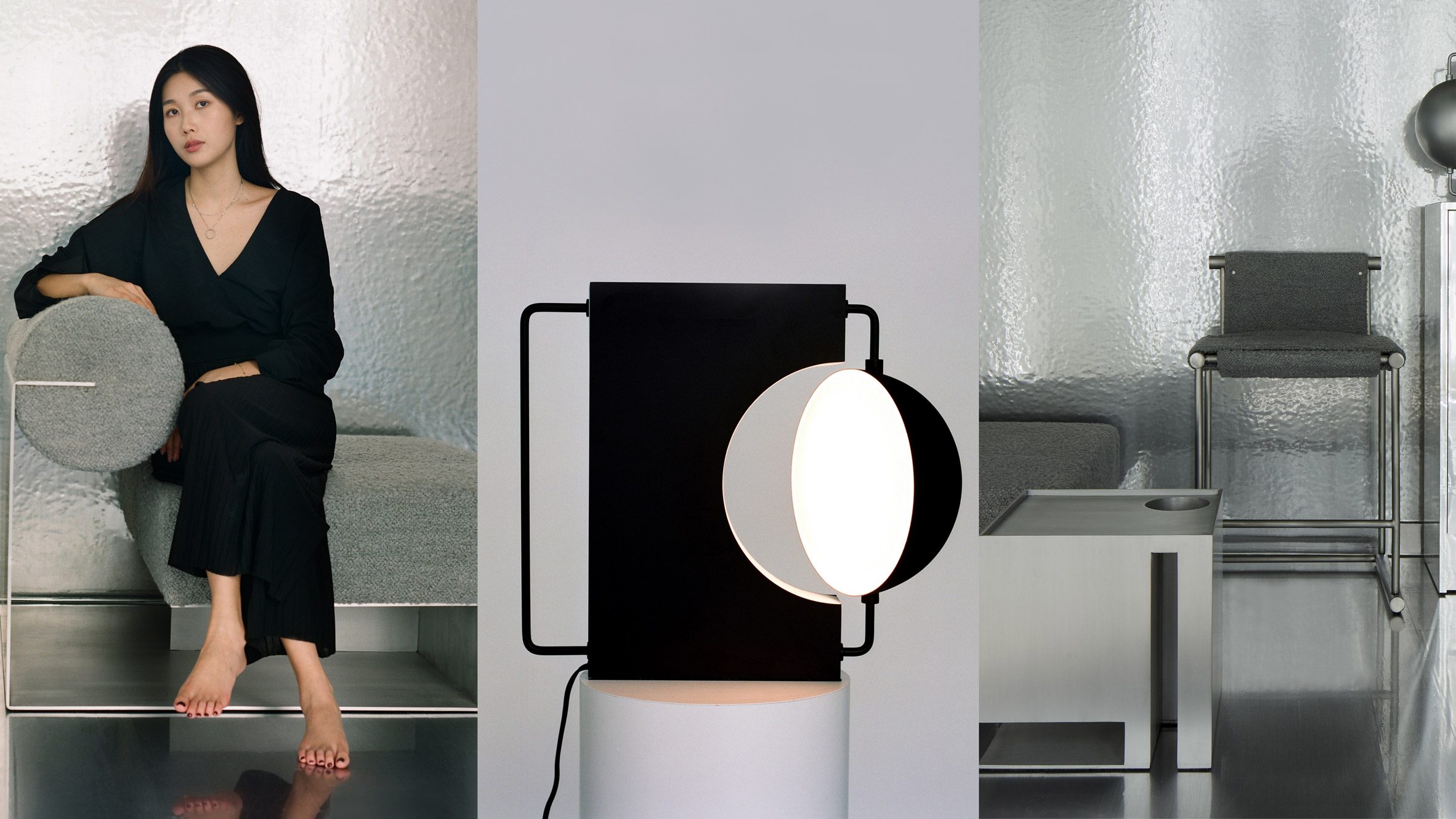
Studio Jialun Xiong
Jialun Xiong creates minimal metal furniture in her eponymous label, using “subtle contrasts” and “Asian aesthetics” to create stripped-down furniture forms in her LA studio. She noted that she works with craftspeople from all over, and has begun a collaboration with artisans in Jingdezhen, China,
Having trained in architecture and worked at larger design studios such as Estudio Persona (mentioned above) and New York-based Rottet Studio, Xiong told Dezeen she seeks to bridge cultures and present works that relay their purpose and construction honestly.
“All my pieces have nothing to hide,” said Xiong.
“Often stripped down to their simplest forms, I encourage viewers to appreciate structural details and negative space that is often overlooked with added flair.”
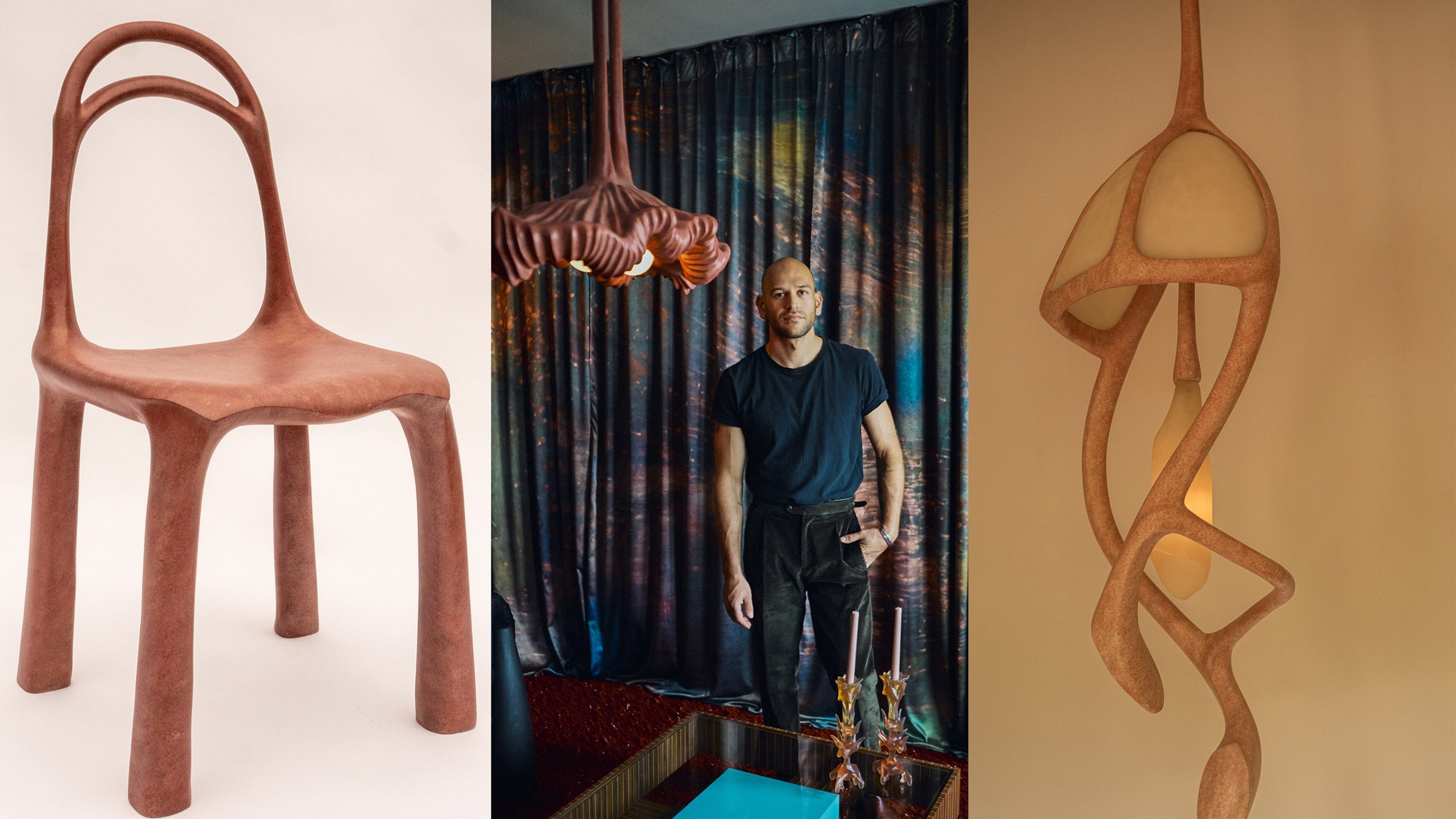
Tristan Louis Marsh
Tristan Louis Marsh creates other-worldly forms from wood and resin, working in Los Angeles with “his two robots”, a CNC machine and a 3D printer.
Trained in sculpture at Pomona College, March’s work is informed by local woodworkers who created novel and strange forms out of the material, such as Michael O’Malley and Vincent Pocsik.
He utilises 3D printing techniques to create his lighting pieces, and many of his forms have the appearance of a living organism.
“I do all sorts of wacky things to make it not look like wood,” Marsh told Dezeen. “For me, it’s about unlocking new formal possibilities and continually pushing my visual language.”
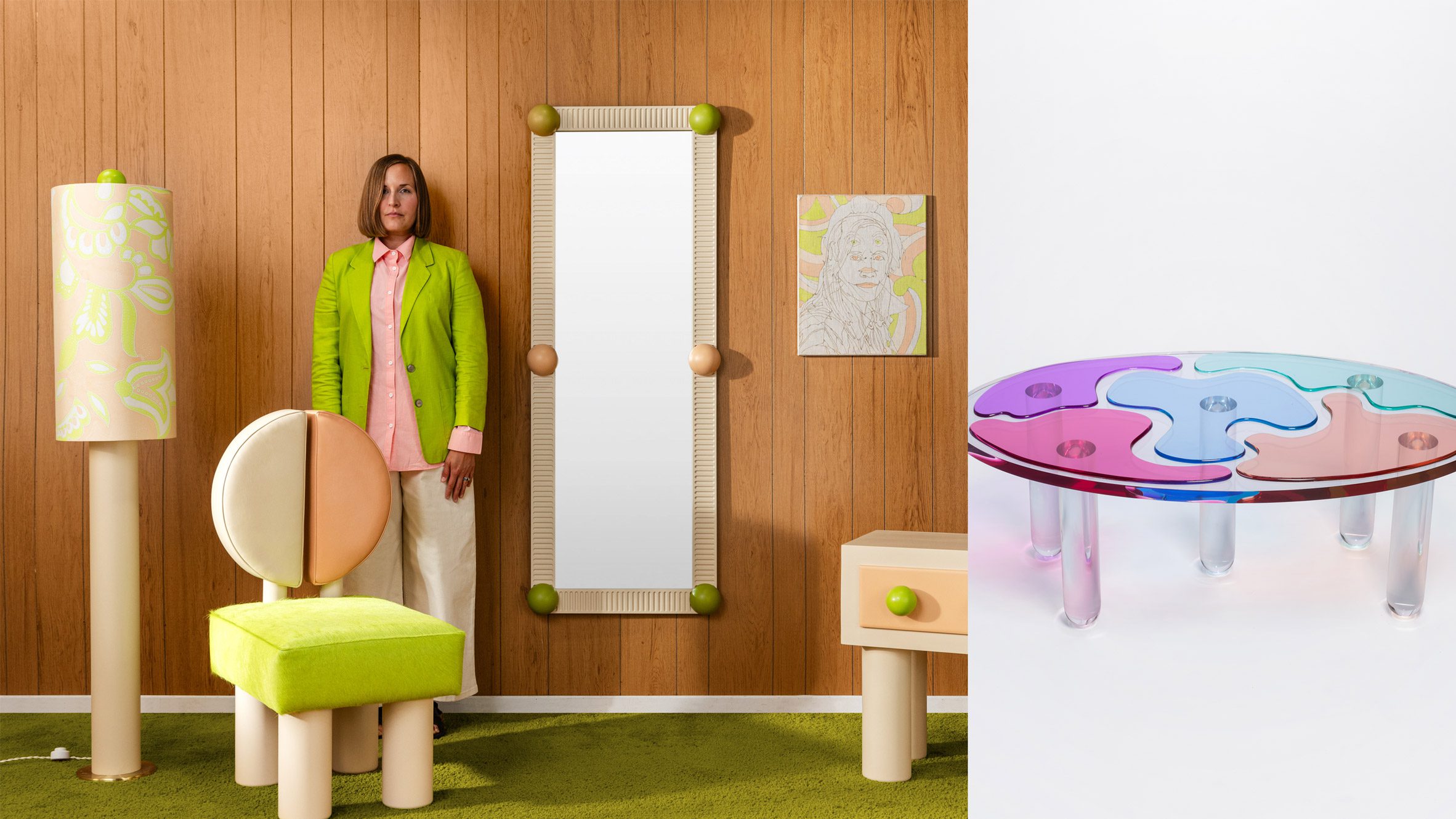
Another Human
The colourful and iterative pieces of Another Human revolve around its founder Leah Ring’s desire to constantly experiment with new materials and create a sense of fantasy and narrative in her designs.
“Most of my collections are heavily informed by fantasy narratives that I create, so I suppose I’m trying to provide an avenue for escapism and daydreaming through my work,” Ring told Dezeen.
“I want to create distinct visual worlds for viewers to step into to bring them some joy, humour and an element of surprise.”
Ring founded the studio in 2017 after working in a number of high-end interior studios in New York and Los Angeles and also has become an integral part of the city’s design scene, co-curating the yearly Object Permanence exhibition.
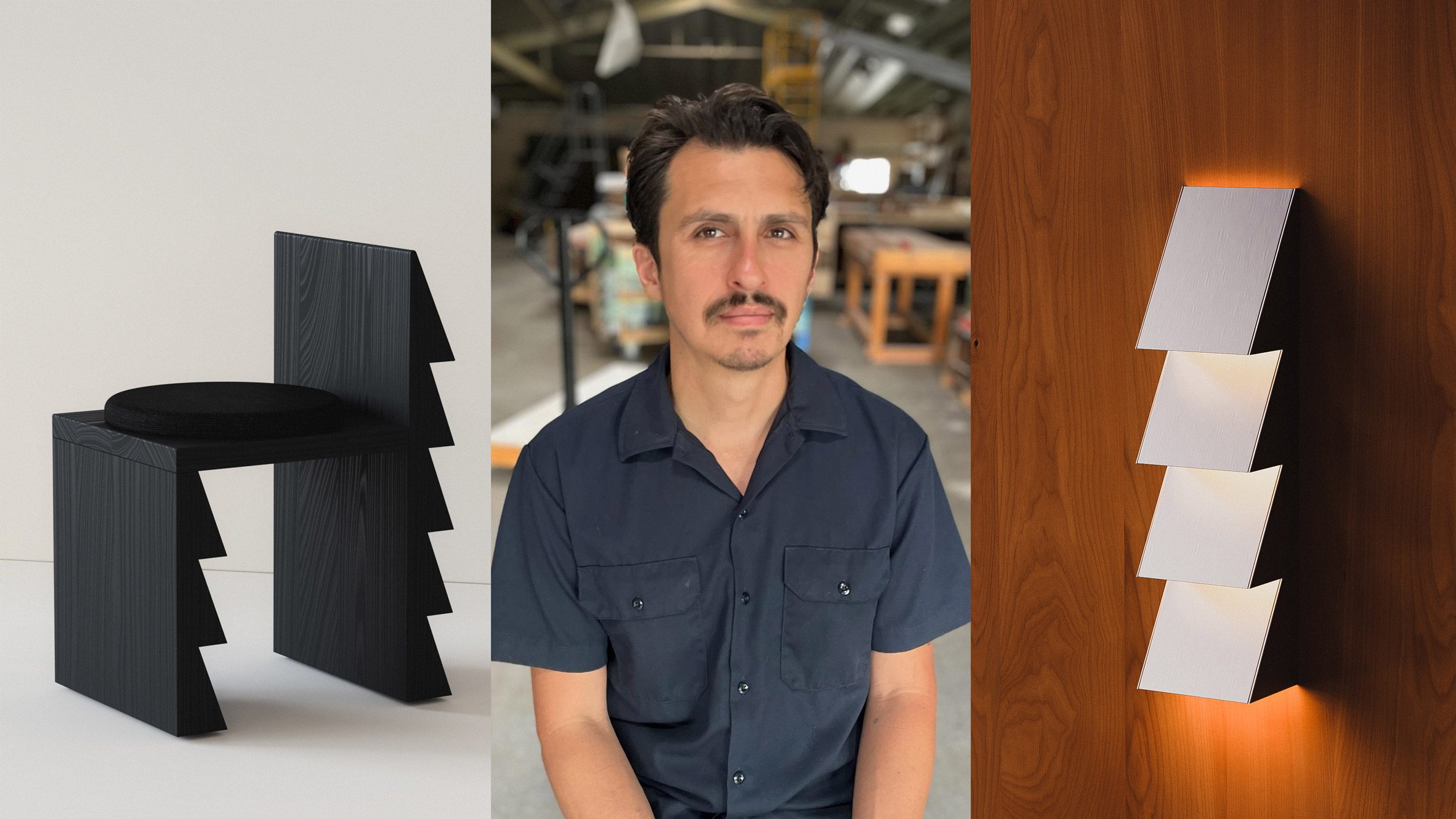
Studio Big Moon
Studio Big Moon creates designs that often incorporate a signature jagged-edged form, working “structurally and aesthetically” with wood, the studio’s most common material.
It was founded by James Mitchell, who began as a musician before transitioning to design while working at fabrication shops in Brooklyn, before moving to East LA. Mitchell said that New York still “occupies a huge part of [his] brain”.
Mitchell uses select non-wood materials such as acrylic or “tricky veneering” to capture his “dueling interests in both natural and synthetic things”.
“The main theme of my work is trying to pull these things closer together in a way that feels effective,” he told Dezeen.
“Since I tend to think in terms of hard edges and geometric shapes (which can feel cold or synthetic sometimes) I use wood to ground the pieces and keep them feeling warm and welcoming. “
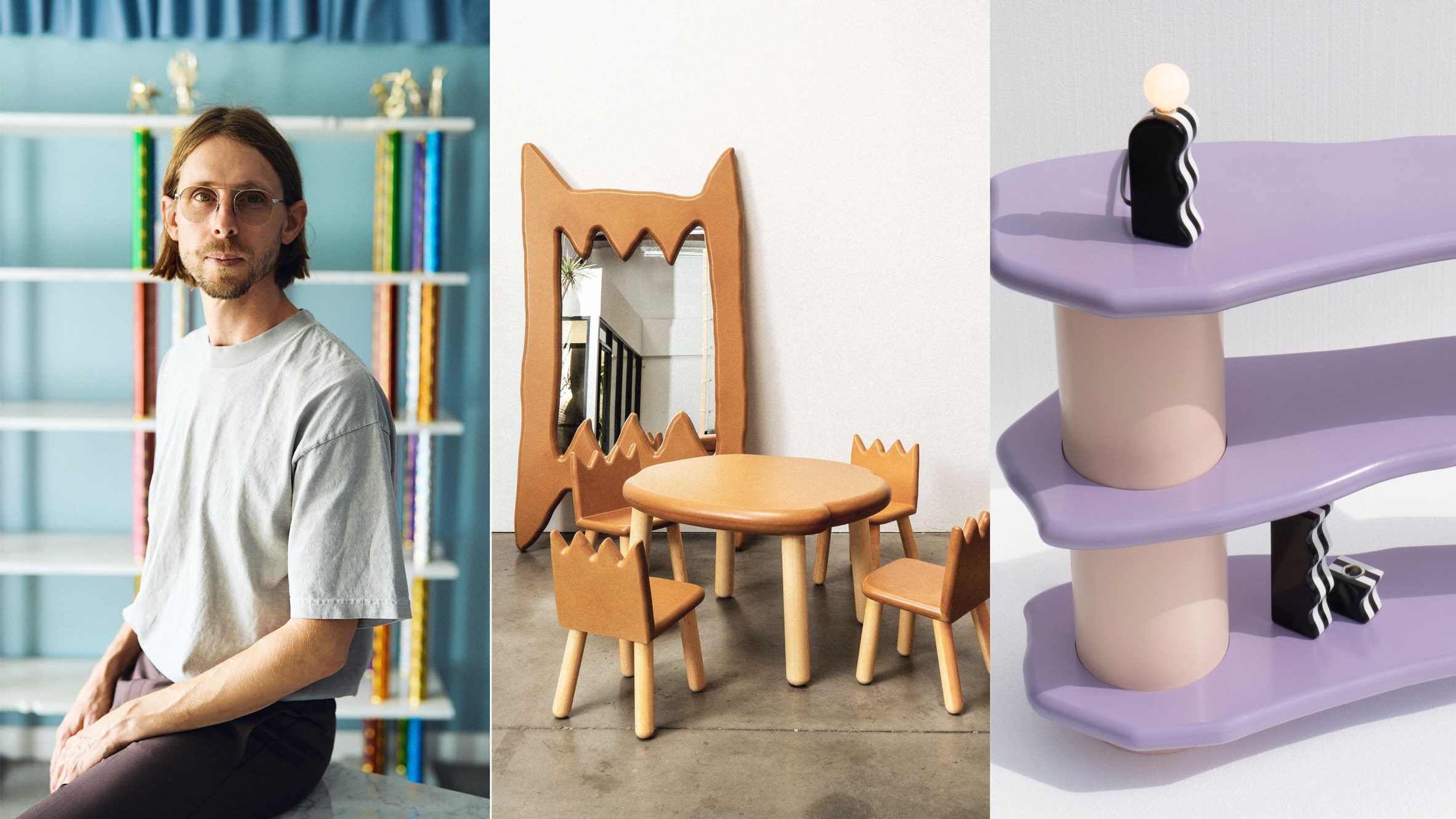
Objects for Objects
Objects for Objects was founded by Leonard Bessemer, who puts out work in lacquered wood that plays with form, creating “pieces with character” by hand and by utilising local upholstery workshops. He recently developed a shelving system with structural legs resembling athletic trophies.
“I just get so sad looking at these curated images of homogonized living spaces that look like they are from a West Elm/ CB2 catalogue even though there is probably $200,000 worth of furnishings in them,” Bessemer told Dezeen.
“My least favorite style is that of wealth, which is a little ironic since I’m trying to sell an $8,000 bench that will immediately let your guests know that you are rich.”
Having worked in the studio of Berlin-based artist David Thorpe, and started his studio in 2019.
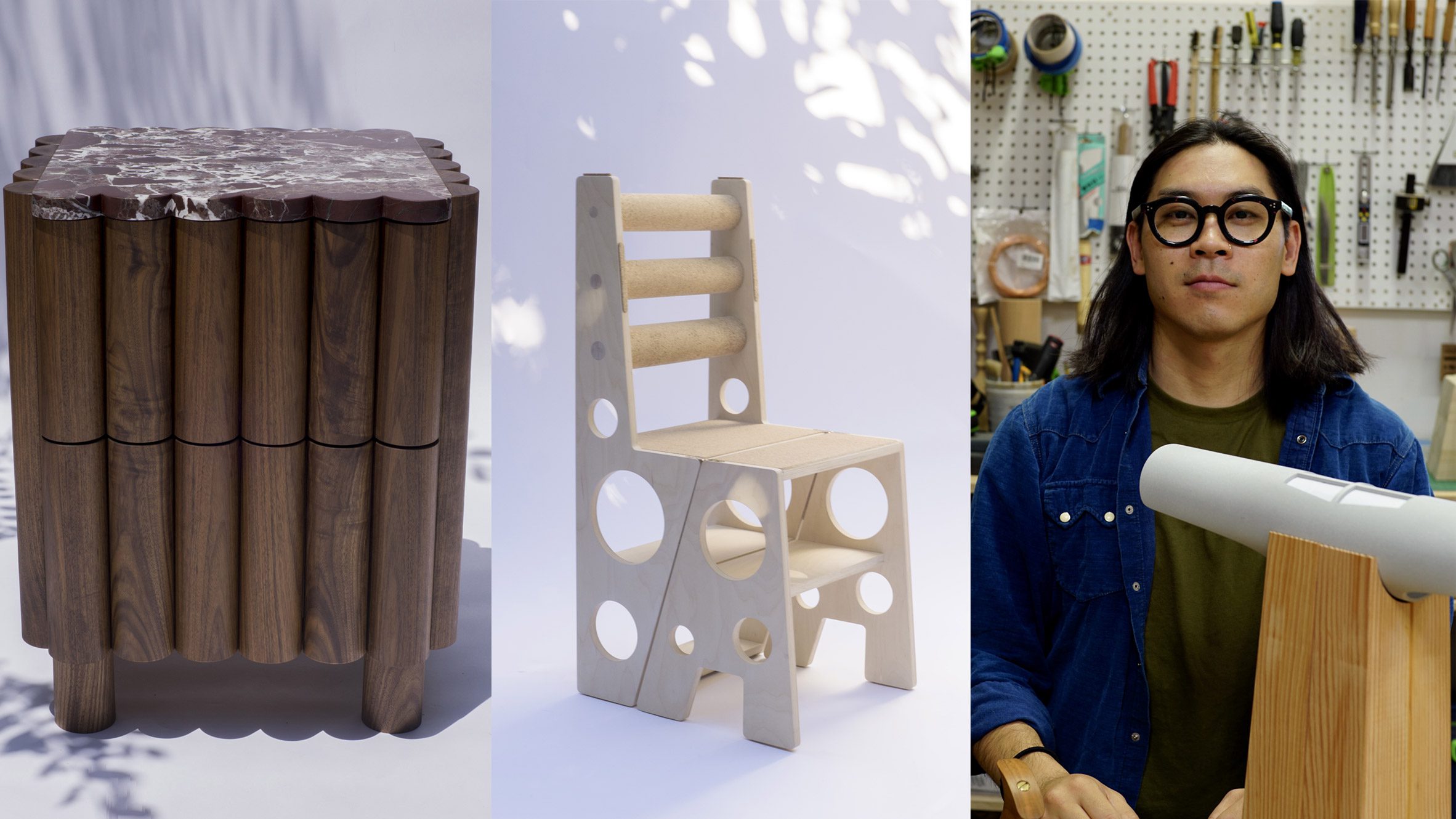
Studio Alex Hsu
Alex Hsu‘s practice is driven by a dedication to material experimentation and has created objects in wood, aluminium, cork, marble, and laminate.
Trained at Rhode Island School of Design (RISD), he cited childhood memories of his architect father constructing his family home. He founded his eponymous studio in 2022.
He makes most of his pieces by hand, utilising some digital technologies like laser cutting to create pieces that are both materially forward and even multi-functional, such as his Ladder Chair.
“While my aim is to create objects that elicit a sense of delight, I’m also mindful of the fact that creating is inexplicably tied to consumption, and I constantly feel the responsibility that comes with the power to decide whether the idea in my head is actually worth realizing,” Hsu told Dezeen.
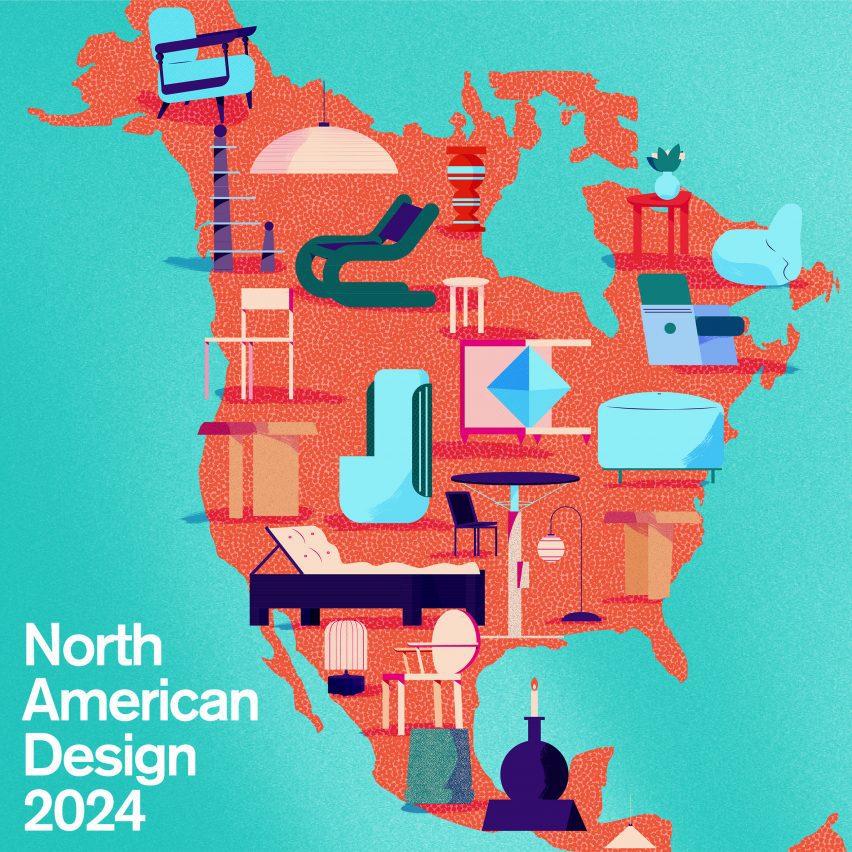
North American Design 2024
This article is part of Dezeen’s North American Design 2024 series selecting independent furniture and product design studios from cities across Canada, Mexico and the United States.
The first edition of this series is created in partnership with Universal Design Studio and Map Project Office, award-winning design studios based in London and now in New York. Their expansion into the US is part of The New Standard, a collective formed with Made Thought.
The post Ten scene-setting independent design studios in Los Angeles appeared first on Dezeen.
Go to Source
Author: Ben Dreith


